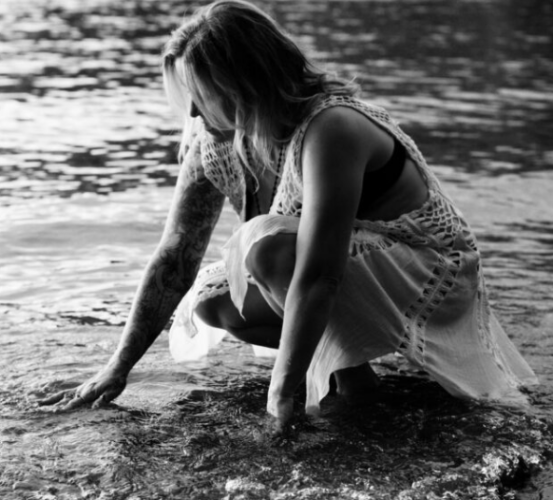Before purchasing a portrait studio, you should know a little about what to look for. This article will explain Artistic styles, lighting, backgrounds, and costs. In addition, we’ll cover which type of portrait studio is best for your needs. Then, you can use our PortraitStudio reviews to find a studio that meets your needs and fits your budget. We hope these tips will help you find the perfect portrait studio. If you have any questions, please contact us!
Artistic styles
The history of portraiture is littered with examples of various artistic styles. Daguerreotypes, for example, became wildly popular during the 19th century, due to the booming popularity of the daguerreotype technique. Studios opened up in cities worldwide, producing as many as 500 plates each day. These early daguerreotypes reflected the technical difficulties of long exposure times, as well as the painterly aesthetic of the time. The sitter usually sat with their backs against a plain background, and was lit by either an overhead window or a mirror.
In the Americas, portraiture took a similar course. Itinerants came to the region, often from Europe or the United States, seeking lucrative employment. Permanent portrait studios were established in major cities throughout Canada and South America. During this time, paper and metal portraits were seen as symbols of economic well-being and national self-realization. While portraiture remained a lucrative trade, the changing attitudes of people towards it led to a number of different artistic styles, ranging from classical to contemporary.
Lighting
The most common lighting setup for a portrait studio is eye level light. This light is flattering and natural, while also providing some separation between the subject and the background. This lighting setup can be varied and enhanced with various lighting modifiers. Most portrait photographers use a diffuser to make light more even and soft. They can also use flash gels to change the colour of the light. A portrait studio’s lighting setup is crucial for a successful portrait shoot.
Split lighting, which creates a soft spotlight in the center of the face, can be used to create a dramatic look. This type of lighting is best used on subjects with thin faces. It is not as forgiving of skin imperfections as broad lighting. However, it works best on subjects with a serious expression. A portrait taken with split lighting is less forgiving of flaws in skin tones. However, split lighting can be tricky to achieve.
Backgrounds
Photographers will often use different types of backgrounds in their portrait studios in Vancouver. Some are solid colors and work well for classical portraits, while others are more dynamic. While neutral backgrounds are the most traditional and work well for all styles of portraiture, a dynamic background can add a great deal of interest to your photo shoot. Generally, the most versatile background color is medium gray, which can be adjusted to look white or black. Other types of backgrounds are textured, usually made of muslin fabric.
Paper backgrounds are a great choice for full-length portraits. They are not as expensive as canvas backdrops and can give your pictures a seamless look. They are also easy to fold and can be easily dyed. In addition, they are a cost-effective option for most studios. If you want to use something more dramatic, you can choose a painted canvas backdrop. Canvas backgrounds are heavy and should not be folded, and paper is a great choice if you are on a budget.
Costs
Portrait photographers charge a variety of rates for a single session, and the exact cost varies by service, product, and operating style. The most common prices are hourly, package, and session fees. Listed below are some examples of costs. The portrait studio may also charge a set flat rate for a studio rental, which is not included in the session fee. However, it is important to know that an hourly rate can be less expensive than a fixed rate.
Wedding photographers usually offer package deals that include digital image files, a printed product, and an album. These all-inclusive packages usually cost a bit more upfront, but they include everything from the photographer’s time to the final product. Portrait sessions can cost anywhere from $200 to more than $1,000. For this reason, it’s important to research the fees involved before selecting a portrait studio. For example, one photographer may charge $500 to $2,000, while another may charge as much as $1,000.
Equipment
If you’re a photographer, you need to know the basic equipment needed for portrait photography. Whether you use speedlights, a flash or a natural light source, your lighting set-up will depend on the environment. While you may want to use artificial light for portraits, you can also work with both natural and artificial light sources to create the best lighting possible for each session. However, if you want to save money and space, it’s better to use natural light whenever possible.
If you’re taking portraits in your home, you’ll need to use a mirror and hot lights. The lights can be very uncomfortable for your clients, and a mirror can be an ideal solution. Mounting it on the wall won’t take up much space, and you can use translucent powder to make sure the clients look good. It’s important to use a good mirror for your portrait studio and to keep it in the best possible condition.
